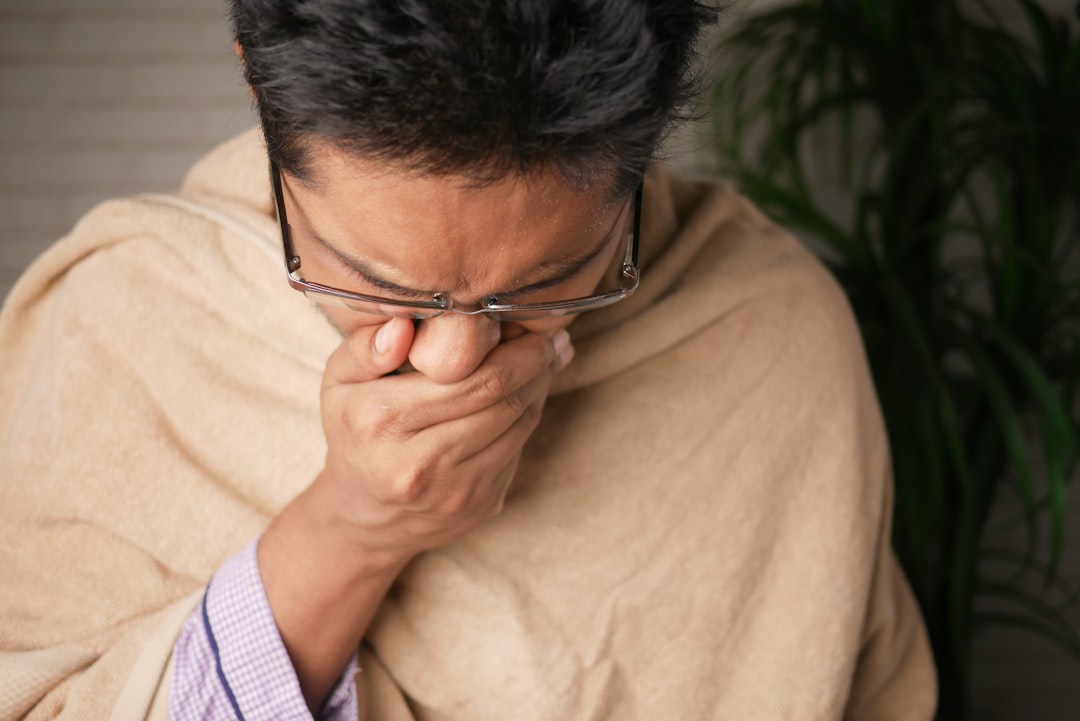What is it about?
Our paper discusses how the genetic structure of SARS-CoV-2 does not rule out a possible laboratory origin by showing that two main genetic features of SARS‐CoV‐2 might be the result of lab manipulation techniques and/or cell/animal passage. These two features are (1) the presence of a furin cleavage site not present in other CoVs of the same group, and (2) a receptor binding domain of possible chimeric origin. The furin cleavage site greatly broadens the types of species and organs the CoV can infect, whereas the receptor binding domain appears to be adapted to human cells the most. Our analysis contrasts the general conclusion of a natural origin of the virus as claimed by “The Proximal origin of SARS-CoV-2” published in Nature at the beginning of the pandemic outbreak and demonstrates that a possible lab origin is still an absolutely viable hypothesis.
Featured Image

Photo by CDC on Unsplash
Why is it important?
Considering the devastating impact of SARS‐CoV‐2 and importance of preventing future pandemics, researchers have a duty to carry out a thorough and unbiased analysis of all possible SARS‐CoV‐2 origins, including a laboratory one. This possibility has been condemned as a conspiracy theory in the early stages of the pandemic but there is growing evidence that it can't be dismissed, as demonstrated by our analysis.
Perspectives
Writing this article was not easy because the topic is highly controversial and mainstream scientific opinion is strongly against a lab origin for SARS-CoV-2. However, after extensively investigating the genome of SARS-CoV-2 and related sequences, we felt committed to make public our finding, perhaps uncomfortable, that a lab origin for the virus cannot be dismissed. Scientific integrity should have the highest priority in order to prevent future pandemics.
Rossana Segreto
Universitat Innsbruck
Read the Original
This page is a summary of: The genetic structure of SARS‐CoV‐2 does not rule out a laboratory origin, BioEssays, November 2020, Wiley,
DOI: 10.1002/bies.202000240.
You can read the full text:
Resources
Contributors
The following have contributed to this page










